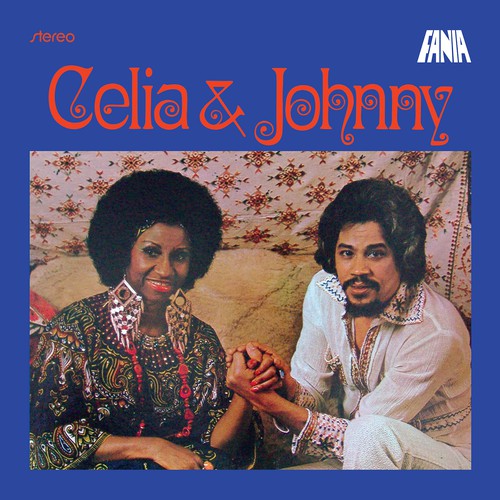
We always wondered where was the Dominican and the merengue. Most salsa musicians are Puerto Rican, Cuban, Venezuelan or Colombian. Without any training, he picked it up and played a perfect “Compadre Pedro Juan.” The family was flabbergasted.

When he was little, Johnny’s Dad gave him a harmonica. They were the first to record Luis Alberti’s “Compadre Pedro Juan” which is probably the most famous traditional Dominican merengue.

His father was a musician, the bandleader and clarinetist of Orquesta Santa Cecilia which was a popular big band in the 1930s. Pacheco was born in Santiago de los Caballeros, Dominican Republic on March 25, 1935. Both are present in the music even to this day. The deepest roots are in the traditional cultures of West Africa and Central Africa, and the Indigenous cultures of the Caribbean and South America. The roots of the whole thing are the music of Caribbeans which first emerged when Black and Indigenous people were finally freed from the chains of human slavery. Salsa was something that everybody liked, that Latin people could be proud of too. The Civil Rights movement of the 1960s enabled African Americans to proudly say “Black is Beautiful.” If Black is Beautiful, then Brown is Beautiful too. It was a time of expanding social consciousness. If you really know the Caribbean, you start to notice the echoes of Caribbean culture in African American culture, and the other direction too. Many of us are taught that Latin and Black are two different things, but both share the same roots and Latin is very Black whether you want to admit that or not. In a way the Fania sound was the popular sound of the Latin people, just as Motown was the popular sound of African Americans. You can hear the evolution of Latin music by following Celia from her roots in Cuba with La Sonora Matancera (1950-1965), into New York with Tito Puente’s Cuban sound (1966-1973), and then with Johnny Pacheco’s New York sound at Fania after 1974. Some artists like Celia Cruz worked with both, first with Puente at Tico Records and then with Pacheco at Fania. The two leading producers of the era were Tito Puente and Johnny Pacheco. Pacheco was a great musician himself, but also brought out the best in the artists he worked with like: Celia Cruz, Héctor Lavoe, Willie Colón, Larry Harlow, Bobby Valentín, Ray Barretto, Papo Lucca ( La Sonora Ponceña) and so many others. It includes Panama, Colombia, Venezuela Guayana, Suriname and French Guiana and the Caribbean coasts of Central America, including Veracruz, Mexico and New Orleans, Louisiana. But in its tightest definition, salsa dura (hard salsa) is the music of Johnny Pacheco and the now legendary artists from all over the Caribbean who worked with him in 1970s New York City. Johnny Pacheco popularized the term “ salsa” which is now commonly used to describe Caribbean or even Latin music. “Compadre Pedro Juan, baile el jaleo…” “Baile el jaleo” is an old Spanish flamenco expression that means to dance with great passion like we do among family and friends. He helped make people proud to be Latin in the United States. Especially if you are an admirer of well produced and packaged records with booklets, lyrics sheets and overall quality.By Editors / – FebruJohnny Pacheco (1935-2021) was an important New York Dominican salsa musician who co-founded Fania Records, and led the Fania All-Stars to international fame. What would be an album in your collection that you could put on, close your eyes and be transported to that place in the world? Another record that is worth checking out if you enjoyed this weeks spin would be 'Buena Vista Social Club' self-titled album. I also feel that every collection should have something to make you feel alive and because it is a foreign record, may be overlooked by a lot of collectors here in Australia. This is one that I've recommended before to friends and hope that they find the enjoyment in this album as much as we have. I was so thankful for Night Kat Kiz when she located this record for us and glad that it has since been repressed by Vinyl Me Please! (VMP) record club.


I guess 'Celia & Johnny' would be that summery twilight /night record that you'd put on with maybe some Sangria or beer. There are a couple of albums in our collection that get spun regularly or for certain times of the year.


 0 kommentar(er)
0 kommentar(er)
